
The researchers evaluated changes in DNA methylation and discovered that hibernation slows biological aging.
A recent study headed by University of Maryland scientists explains why small mammals like bats live such long lives.
The big brown bat, which is the most common type of bat in the United States, has an incredibly long lifespan of up to 19 years. One of the secrets to this bat’s exceptional lifespan has been discovered by a recent study headed by scientists at the University of Maryland: hibernation.
“Hibernation has allowed bats, and presumably other animals, to stay in northerly or very southerly regions where there’s no food in the winter,” said the study’s senior author, UMD Biology Professor Gerald Wilkinson. “Hibernators tend to live much longer than migrators. We knew that, but we didn’t know if we would detect changes in epigenetic age due to hibernation.”
The scientists discovered that a big brown bat’s epigenetic clock—a biological marker of aging—is extended by three-quarters of a year by hibernating for one winter. Scientists from McMaster University and the University of Waterloo, both in Ontario, Canada, were also involved in the research, which was published in the Proceedings of the Royal Society B.
Small tissue samples from the wings of 20 big brown bats (Eptesicus fuscus) collected across two periods—winter when they hibernated and the summer when they were active—were analyzed. The bats were housed in a research colony at McMaster University and ranged in age from less than a year to a little more than ten years.
The samples were then compared with samples obtained from the same animal during active and hibernating phases to determine changes in DNA methylation, a biological process connected to gene regulation. They revealed that certain sites in the bat’s genome had changes in DNA methylation, and these sites seemed to be impacting metabolism during hibernation.
“It’s pretty clear that the sites that decrease methylation in the winter are the ones that appear to be having an active effect,” Wilkinson said. “Many of the genes that are nearest to them are known to be involved in regulating metabolism, so they presumably keep metabolism down.”
Some of these genes were identified as “longevity genes” by Wilkinson and colleagues in a previous study. According to Wilkinson, there is considerable overlap between hibernation genes and longevity genes, highlighting the relationship between hibernating and longer lifespans.
The previous study also created the first epigenetic clock for bats, which can reliably predict the age of any bat in the wild. This clock was used in the current study, allowing the researchers to show that hibernation decreases a bat’s epigenetic age when compared to a non-hibernating animal of the same age.
Studies like this one help to explain why bats have longer lives than would be expected for a small mammal the size of a mouse. They do, however, raise new questions.
“We still don’t have a very good understanding of why some bats can live a really long time and other ones don’t,” Wilkinson said. “We’ve shown that the ones that live a really long time all share the ability to hibernate or to go into torpor frequently. That seems to be a corollary, but it’s not sufficient because hibernating rodents don’t live 20 years.”
Wilkinson said he is planning a follow-up study to compare epigenetic aging in big brown bats in Canada, where they hibernate, with the same species in Florida, where they do not hibernate. In doing so, Wilkinson hopes to get an even clearer picture of the role that hibernation plays in prolonging lifespans.
Reference: “Big brown bats experience slower epigenetic ageing during hibernation” by Isabel R. Sullivan, Danielle M. Adams, Lucas J. S. Greville, Paul A. Faure and Gerald S. Wilkinson, 10 August 2022, Proceedings of the Royal Society B Biological Sciences.
DOI: 10.1098/rspb.2022.0635
The study was funded by the American Society of Mammalogists, Sigma Xi, the University of Maryland, and the Natural Sciences and Engineering Research Council of Canada.

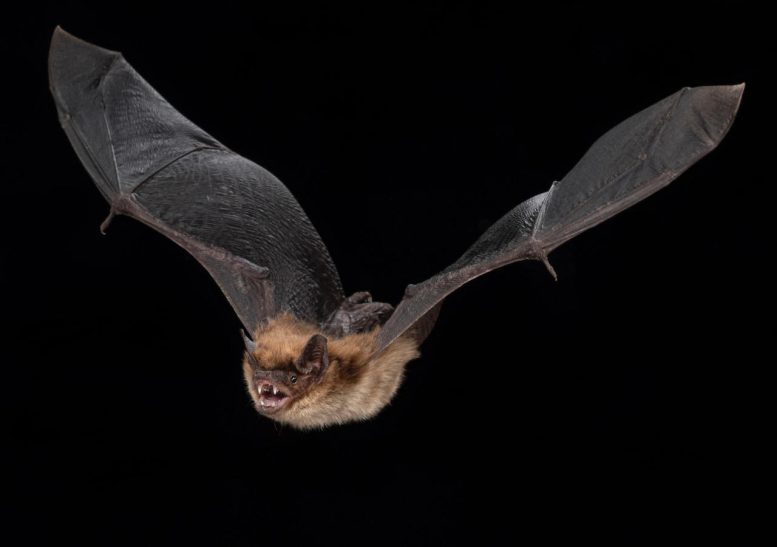
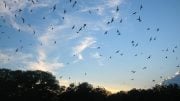
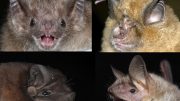
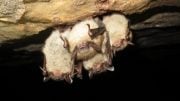
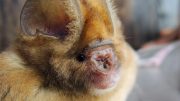


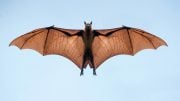
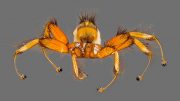
Be the first to comment on "Researchers Discover the Secret to a Small Mammal’s Exceptional Lifespan"